Digital and financial literacy are emerging as essential skills that children would need in the future. Unfortunately, children from underprivileged backgrounds continue to be deprived of the opportunity to acquire these skills. This could be due to shortage of resources, poor infrastructure, lack of trained teachers or even a proper curriculum that is designed to suit their needs. The recent announcement by BrightCHAMPS of their plans to train one million kids from low income families over the next two years is, therefore, a very significant endeavour.
In this interview with TheCSRUniverse, Mr. Ravi Bhushan, Founder & CEO, BrightCHAMPS discusses how he plans to achieve this target, their experience so far and the learnings that have helped them get better:
Interview with Mr. Ravi Bhushan, Founder & CEO, BrightCHAMPS
Q: Training one million low income children by 2025 is a very ambitious goal. How did you finalise this target?
A: The partnerships we have and the ones we’re looking to forge in the coming years have a collective user base of 5 million+ kids, so we know it’s possible. We are still in the early stages of the Foundation, and there’s a lot that we need to figure out at the moment, but if we can’t even ensure a 20% coverage of the kids within our partners’ sphere of influence, we have not done our job. The 1 million external target is based on that 20% internal target for success.
Q: Since its inception only two months ago, your Foundation has conducted classes for 10,000 children. Was there any process involved to identify these children (or schools) to ensure that children in actual need of your training are benefitted?
A: At the moment, we’ve been dependent on our partners to identify the kids that would benefit from our offerings. While digital, financial, and communication skills are the need of the hour, at the ground level, there are many challenges around device access, internet availability, and parental consent that have to be tackled. So, we rely heavily on our partners - given that we only work with high-impact and credible organisations doing meaningful on-ground work. Once we’ve understood their operating model, impact metrics, and offerings and have done our due diligence, we trust them to pick the right kids to align for our courses.
Q: How has the implementation of your program been so far?
A: Currently, barring a few case-by-case exceptions, we’re focussing on delivering classes in coding and financial literacy. The reason for this is that financial know-how is one of the most important tools in the hands of any kid, but especially the kids who come from disadvantaged and disenfranchised backgrounds. And fundamental understanding of coding is the building block of strong digital literacy. We offer between 1-2 classes every week, with 2 core concepts and 3-5 major learning objectives within that week’s module. There are occasions when the 2 core concepts take more than the budgeted 2 classes for them. About 20% of our centres have spilled over to an extra session every week, which is a fairly high degree of commitment. This was an important learning for us, and we’re revisiting our curriculum plan, working on breaking it up into even smaller chunks. It’s a work in progress, and an exciting time filled with some course corrections. Most of our centres are within Week 3 to Week 5 of our planned curriculum, which means anywhere between 6 to 25 classes. We’re also running multiple cohorts within centres, some are faster, others slower. Like I said, there’s a lot we still need to figure out. We’re rolling out the Foundation 2.0 curriculum based on these learnings in early April.
Q: Was there any additional training required for the teachers to impart these classes effectively for low-income students?
A: Since we are a 100% digital platform, our regular courses had to be tweaked significantly to ensure effective delivery and absorption by students who were taking classes offline. Offline Moreover, teachers with the requisite skill sets had to be identified within the areas that housed our centres, to ensure teacher continuity which can have a big hidden impact on learning efficiency for the kids within the offline classes. The teachers themselves had to be trained to be able to handle classrooms with 40-50 children as opposed to our 1-on-1 online classes. In addition to this, the teachers also had to be re-oriented with the new coursework, which has been optimised for offline delivery. Cultural and multi-language sensitisation is already a part of our teacher training program, so that was replicated for the Foundation teachers as well.
Q: Would there be any mechanism for assessing the effectiveness of these trainings?
A: As a company policy, we have roughly 3 hours of training for every 1 hour of class material across curriculum, projects, assignments, and assessments. Our policy also dictates that all our tutors clear our trainings with a minimum of 80% score - these are baseline metrics across our programs. We also release 60-90 minutes of refresher material to teachers every week, which is based on what their training score in a particular module is, what’s coming up next in their students’ journey, and any upgrades/updates we’re making in the course material. We follow the same process within Foundation, minus the student-level customisation in refreshers, since these are group classes.
Q: How do you plan to expand your reach in other cities in India? Are there other partnerships in the pipeline for 2023?
A: We’re currently deep in conversations with UNICEF and NITI Aayog for a few priority districts. We’re also talking to the governments of Madhya Pradesh and Andhra Pradesh, but those are nascent. We would love to tie up with as many state governments and even the central government down the line so we can reach out to largest set of kids who need these skills in one go, instead of a piecemeal approach.
Q: The actual need for such interventions is in government schools, particularly those in rural areas. Do you have plans to reach out to students in these schools?
A: We are merely 3 months old but have already started training 10,000 kids from underprivileged backgrounds from across India. We’re talking to governments, like mentioned above, but rural areas present a whole different set of challenges, given access, internet, and teacher availability. The answer to this could be about training the teachers within centres in rural areas to make them capable of delivering the curriculum across our four verticals, but three months in, that’s not something we’re currently able to solve. We’d love to be able to tackle this challenge too, some months down the line, but can’t, right now.
Q: What are the biggest challenges that you see in achieving the target of training one million students and how do you plan to address them?
A: Being a 100% digital platform, all our coursework is by design optimised for online delivery. Since the Foundation classes are being held offline at present, we have had to modify the relevant material to make it suitable for offline delivery.
Yet another challenge we anticipate in our goal to train one million students is identifying teachers with suitable skill sets in these areas and giving them adequate training to handle the technologies and softwares that we use. In addition to this, the existing educators with us need to be trained to handle a bigger class of students since at the moment all our classes are personalised and 1-on-1. Essentially, one of the biggest challenges for us is to figure out how we can do things at scale so that we can reach and cover a larger number of deserving kids.
In addition to this, we are also deliberating ways to standardise our testing process. Since a large number of these kids lack any proper formal education, it is difficult to gauge their level of understanding and retention through the usual ways of testing.
Q: In addition to digital interventions, what other steps do you feel can be taken to elevate the quality of education for underprivileged children in India?
A: I think one of the most important, but crucial, aspects to superior learning outcomes is continuity - both on the teacher and student end. Given the multiple challenges that kids from economically and socially disadvantaged backgrounds face, frequent teacher changes can make students feel disconnected from their learning and demotivated to push themselves higher. We know that kids tend to form deep and powerful bonds with their teachers - to the extent that “making my teacher proud” can be one of the primary reasons for them to push themselves to excel. These kids also face continuity problems due to their personal situations - frequent movements in search of better opportunities for parents, being forced into employement to improve the financial situation of the family, and social barriers that girls face, especially once they hit puberty. Ensuring teacher continuity for these kids can both, improve the quality of education, allow for customisation, and create safe spaces for the kids who battle access to education on so many fronts.



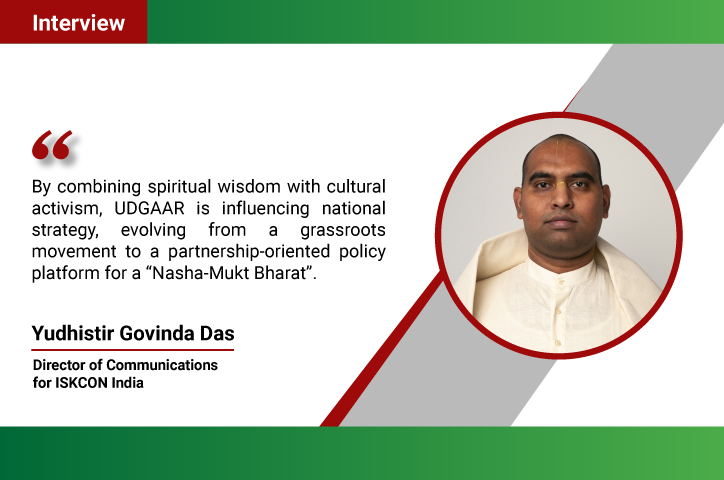

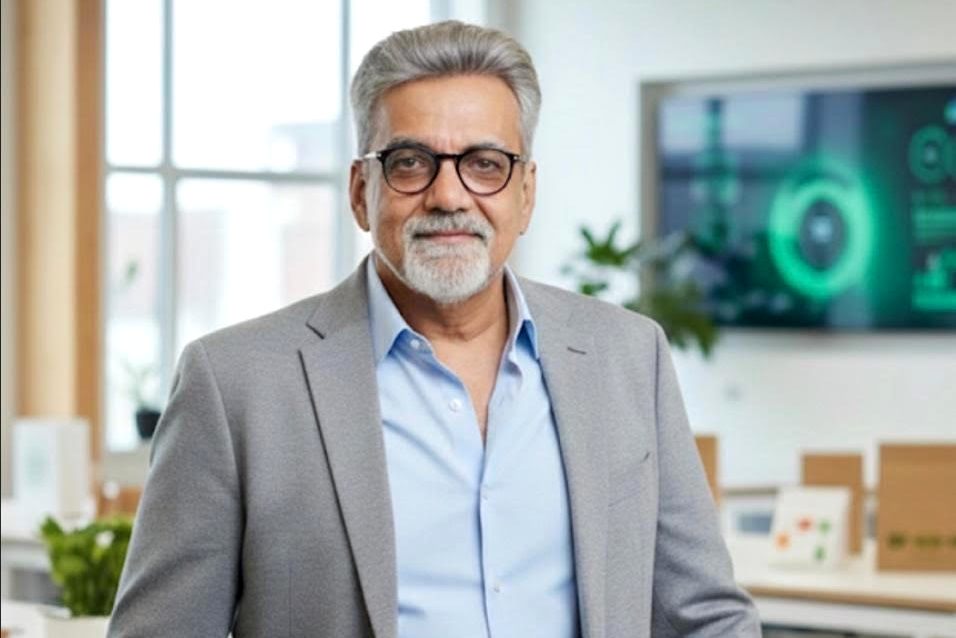


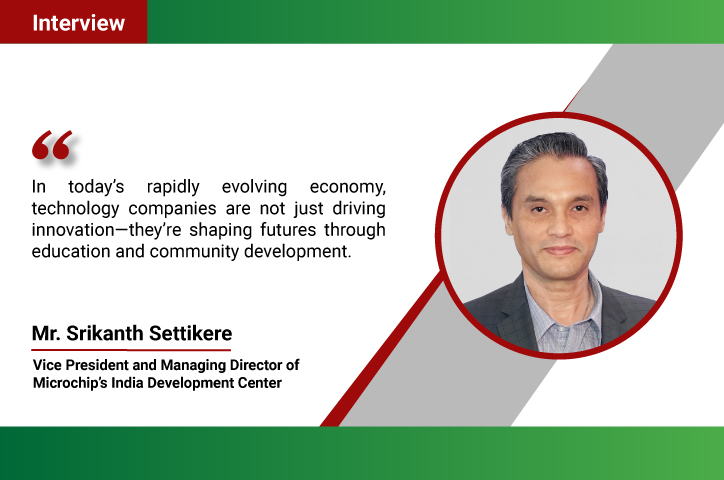
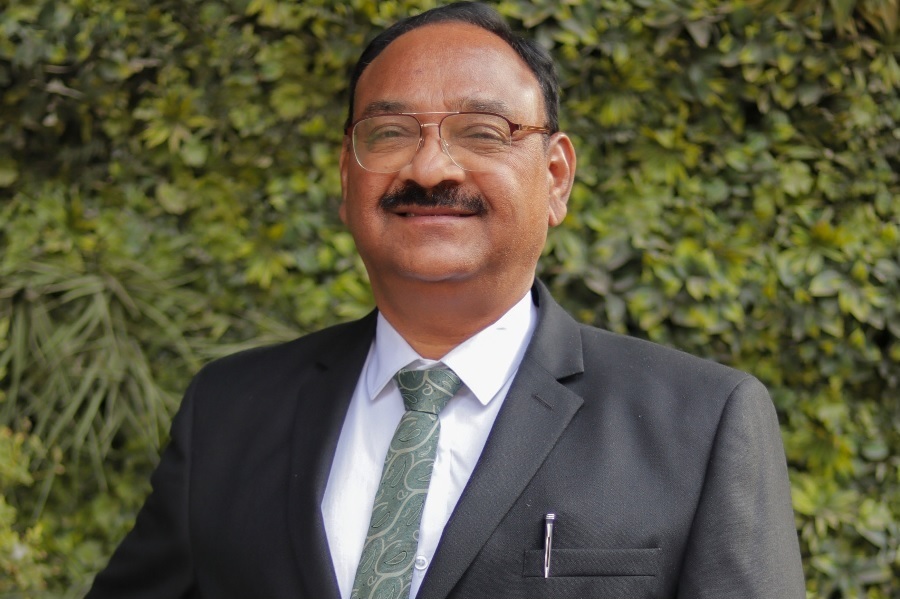
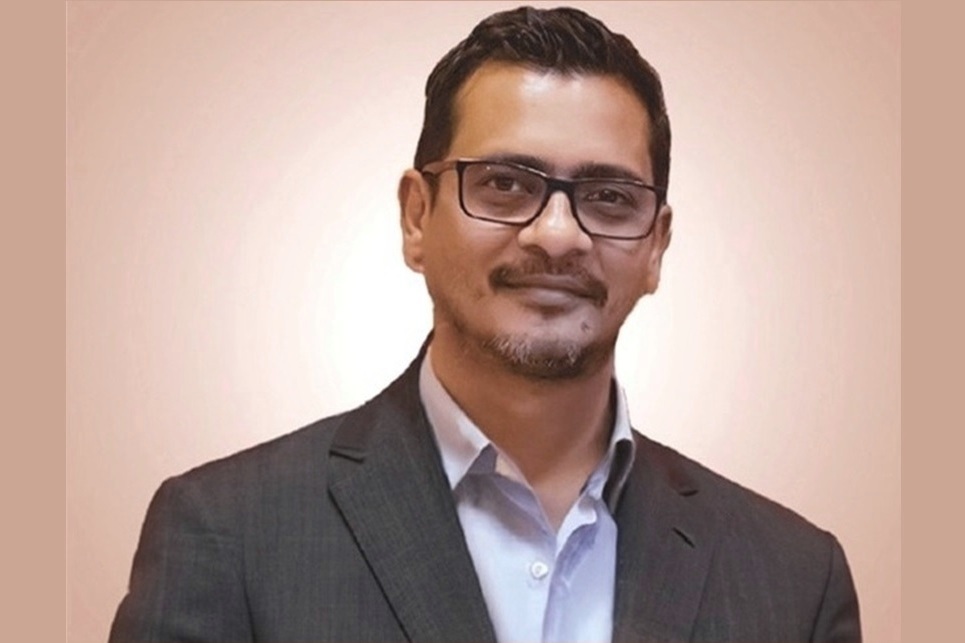


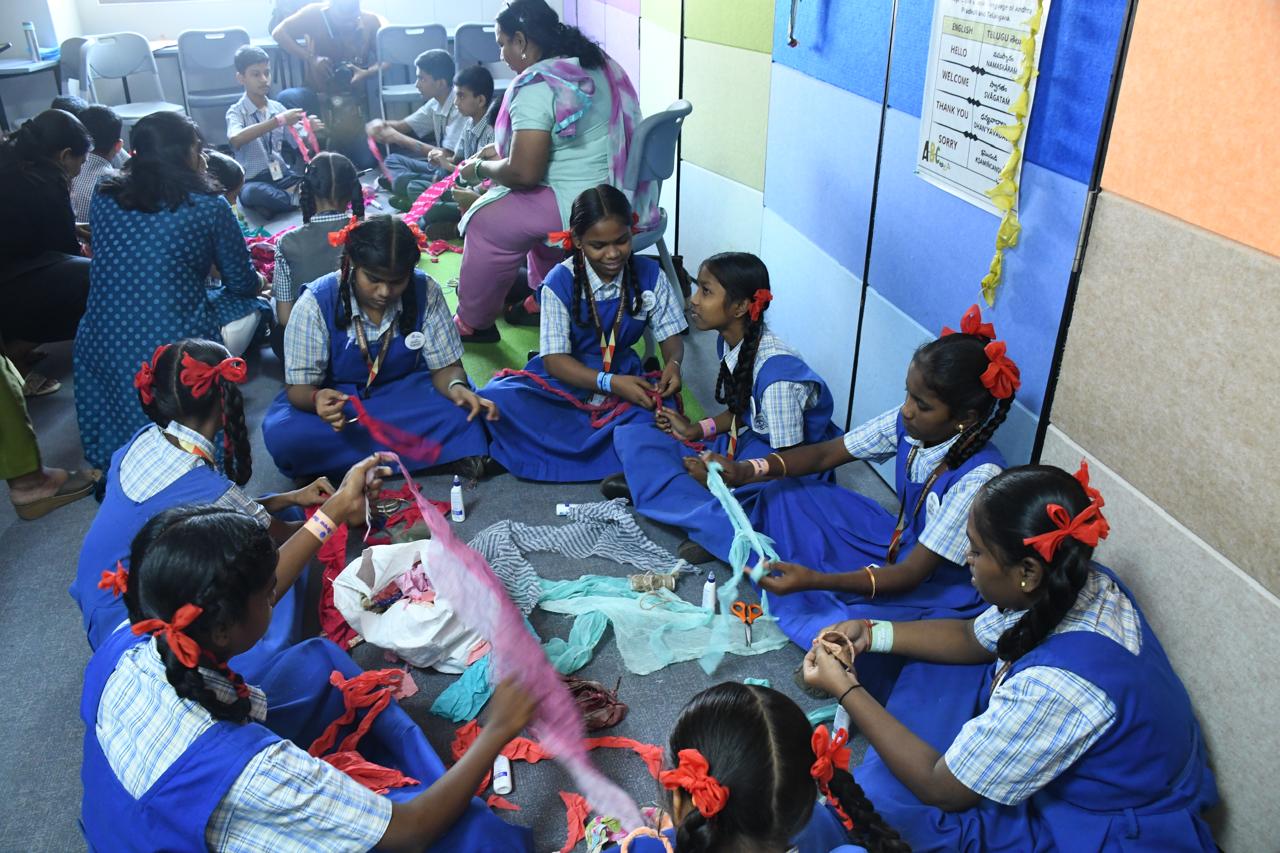

.jpg)




